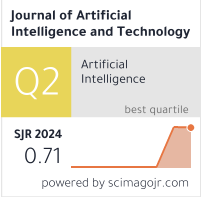Mortality Trends and Its Impact on the Pension Liabilities
DOI:
https://doi.org/10.37965/jait.2024.0456Keywords:
big data processing, mortality, pension liabilities, projected unit credit, six-point Lagrangian interpolationAbstract
Malaysia is forecasted to become an aging nation by 2030. As this may reflect an improvement in the healthcare system, a lot of parties need to adapt to these changes immediately including the government, which is responsible for the wellbeing of the public sector employees by providing a defined-benefit scheme during their retirement. The study aims to perform big data processing and analyze Malaysian mortality trends by expanding the Malaysian Abridged Life Table for the past 20 years using the six-point Lagrangian interpolation method, which is a key machine learning algorithm used today. Apart from that, this study also aims to examine the impact of mortality changes on pension liabilities by using actuarial valuation methods, which is projected unit credit (PUC) method. The sensitivity analysis will be conducted to observe the impact of the changes under five scenarios with four different ages at the time of valuation. Based on the empirical results, it was found that the six-point Lagrangian interpolation method shows a satisfactory outcome as the error recorded is below 1 percent. The result shows that there is a decreasing pattern in the mortality rate for the past 20 years, which will eventually result in population aging in Malaysia. Furthermore, the impact of reduced mortality rate on pension liabilities was also found to be significant. However, the impact can be mitigated by increasing the retirement age as life expectancy of the Malaysian population is believed to continue to increase due to aging population.
Published
How to Cite
Issue
Section
License
Copyright (c) 2024 Authors

This work is licensed under a Creative Commons Attribution 4.0 International License.





